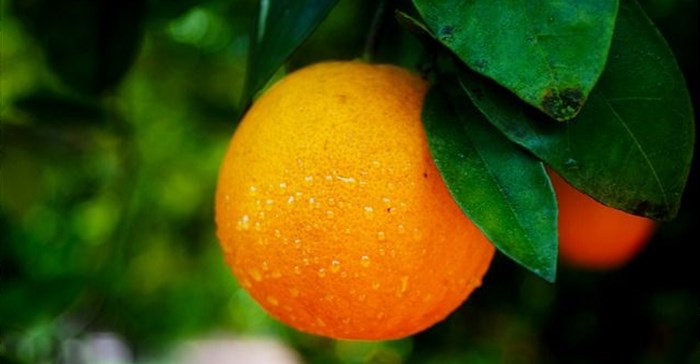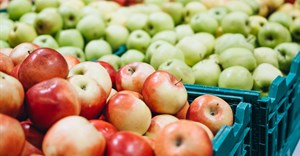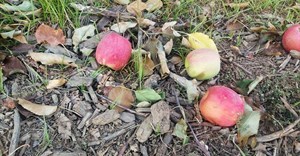With the lowest rainfall since 1904 and a sharp drop in dam levels during the 2015/16, the drought has caused a 21% drop in the production of oranges - South Africa's most precious fruit export. However, more than just the drought is having an impact on this fruit.
Oranges are by far the most precious of the important fruit industry in South Africa. In the 2016/17 season - in a year in which the drought was at its peak - saw the total gross producer value for oranges reach R9.29bn with earnings from exports accounting for 91% of the total production, at R8.47bn.
Diseases causing consternation
“Diseases are the real challenge for the industry. South Africa’s main export destination, the European Union where the Citrus Black Spot (CBS) is considered a quarantine pest, has caused consternation between the two trading partners. Another disease is Navel splitting, it has affected the Western Cape so much so that exports there have reportedly dropped by about 17% to 20%. This raised demand for navels from other regions of South Africa particularly at the time when the export market was particularly strong in the EU, the Far East, Russia, and the Middle East,” says Paul Makube, senior agricultural economist at FNB.
The European market is the leading destination for South African oranges, accounting for about 36% of total orange exports, followed by the Middle East with a share of 25% and the South-East Asian market at 12%. It, therefore, goes without saying that a decrease in this sector carries far-reaching consequences.
“Producers have started to switch to soft citrus, which in the longer term may eventually lower the status of oranges as the leading fruit in terms of production and being the export leader in terms of fruit in South Africa,” says Makube.
Eeather augurs well for recovery
At the moment, the weather has turned positive, during the rainfall season of 2016/17 and the outlook so far indicates that we are likely to have a normal to above normal rainfall during the 2017/18 crop season.
“This does not suggest that orange production is on its deathbed, it is still a long way as it currently accounts for 63% of the total hectares under citrus. Outside the concerns, the current weather augurs well for the recovery in orange production with a rebound in volumes for the export market. When that is offset by the relatively weaker rand exchange rate, it is most likely to boost export revenue,” concludes Paul.


![[Updated] Camilla Clerke announced as Ogilvy global creative lead for Unilever](https://biz-file.com/c/2407/745851-64x64.jpg?4)












